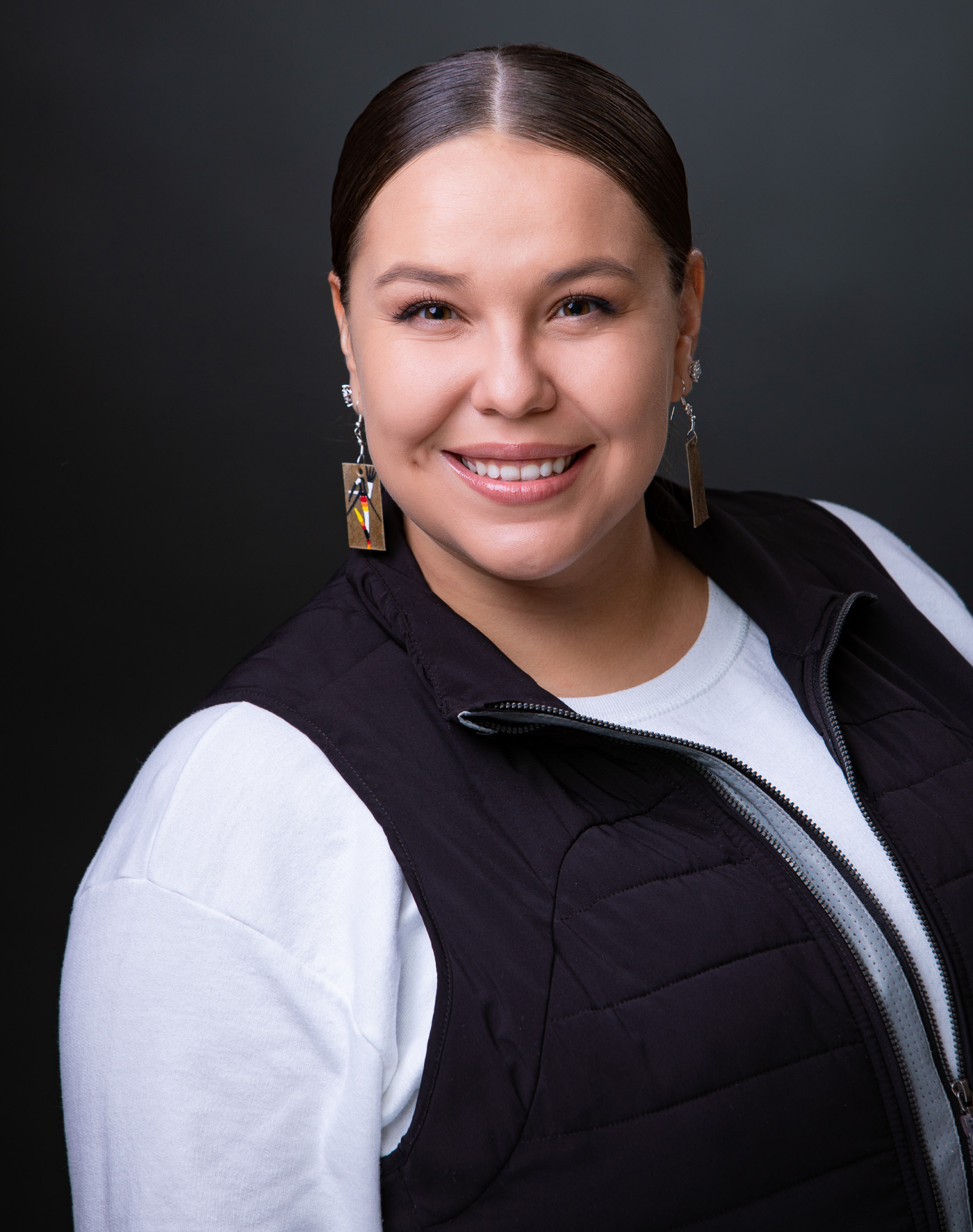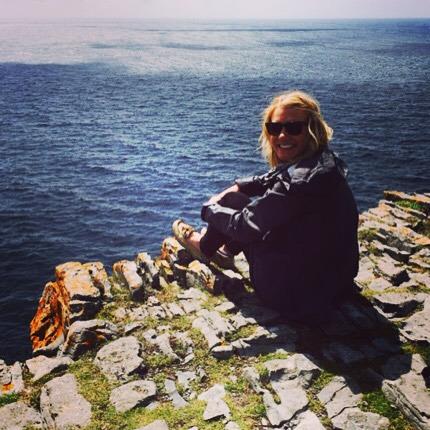
Registration Will Open for the July – December 2025 Session in May
Want to know as soon as we open registration for the next session? Fill out the form below

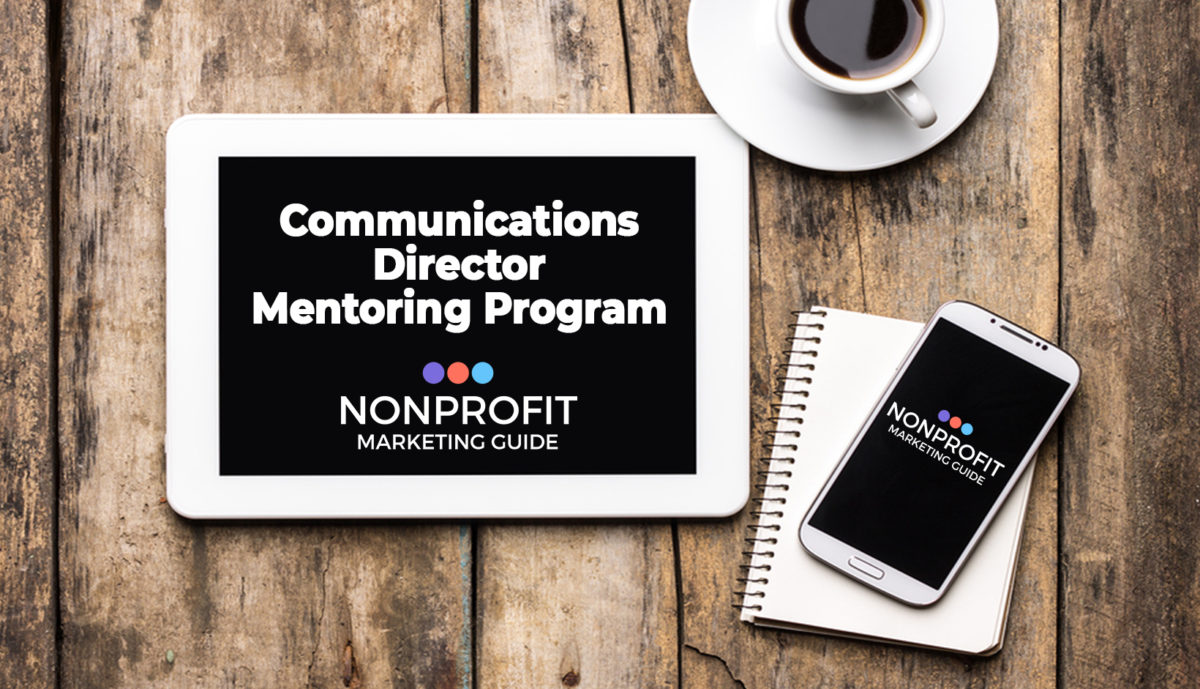
If you are overwhelmed, you aren’t alone.
It’s what I hear day in and day out . . .
“There is never enough time to do everything we need to, much less what we’d like to.”
“We are feeling overwhelmed with all the possibilities and different things we could be putting energy into.”
“There are so many channels to consider, evaluate, and decide to pursue (or not) – it is overwhelming.”
“We are spread so thin already and our workload is increasing.”
But you are excited too, right?
You are thrilled by the potential to do more . . .
“I am creating content that excites our community in new and inventive ways.”
“We’re starting to get momentum, and it will be fun to see what this yields as we’re increasingly more strategic.”
“We are reinventing the way we connect with our donors and prospective donors.”
“For the first time ever, we are going to plan out our communications, and stick to that plan!”
Can you be both overwhelmed and excited by your job simultaneously? Of course, you can!
It’s kind of like being a first-time parent. You are completely overjoyed about the little bundle of love and see a great future ahead, only to by stymied by the weight of responsibility for managing every little detail for someone who is completely dependent on you for every single thing – on three hours of sleep a night.
Nonprofit marketing is like that too . . . you are expected to be a superhuman with the skills of ten different professionals (writer, editor, designer, psychologist, IT geek, volunteer manager, PR maven . . . ) while juggling a constantly shifting and ever-growing to-do list. But you stick with it, because you know it’s so important, and because you love it!
I Get It. I’ve Been There.
I learned nonprofit marketing on the job too.
My college degree is in environmental sciences and city planning, not nonprofit management or marketing.

Kivi Leroux Miller
When I started my consulting business in 1998, I thought I’d make a living as a freelance writer and editor for environmental organizations. I’d worked for the federal government, for a small foundation, and had served on boards and volunteered with numerous nonprofits. I saw plenty of need for a good writer who understood both the issues and the nonprofit world.
But within a matter of months, clients were asking if I could not only write their newsletter, but lay it out too. And could I get bids from the printer while I was at it? And convert it to a PDF and put in on the website? Could I not only whip up a press release, but call a few reporters too?
Before long, I was updating website copy, digitally cleaning up photos, and designing web pages. I went from reviewing The Elements of Style to setting styles in PhotoShop, PageMaker, InDesign, and DreamWeaver. I thought more about the rules of HTML and PHP than the rules of good grammar. Soon I was not only implementing tactics for clients, but also creating their marketing strategies, drafting their communications budgets, and attempting to calculate return-on-investment for all of this work.
For a few clients, I became their entire communications department. I either had to do it myself or, in a few cases, find very reasonably priced subcontractors to help me out, or the work wouldn’t get done. It certainly wasn’t a perfect solution for me or for my nonprofit clients, but we made it work, because it was the only option.
Sound familiar?
Over the next decade, I learned how to be that nonprofit marketing department of one. I experimented all the time, producing both successes and failures, but always learning. I spent more money than I care to admit on software, handbooks, and training courses to learn all I thought I needed to know, some of which was priceless, some of which was a complete waste of time and hard-earned cash.
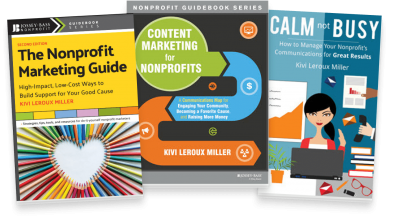 In 2007, I decided to transition from primarily consulting to primarily training. I launched NonprofitMarketingGuide.com, which led to the publication of the book, The Nonprofit Marketing Guide: High-Impact, Low-Cost Ways to Build Support for Your Good Cause in 2010.
In 2007, I decided to transition from primarily consulting to primarily training. I launched NonprofitMarketingGuide.com, which led to the publication of the book, The Nonprofit Marketing Guide: High-Impact, Low-Cost Ways to Build Support for Your Good Cause in 2010.
We also began surveying nonprofit communications professionals and releasing the annual Nonprofit Communications Trends Report, a vital community resource on the state of our profession.
My second book, the award-winning Content Marketing for Nonprofits: A Communications Map for Engaging Your Community, Becoming a Favorite Cause, and Raising More Money, was released in September 2013. My third book, CALM not BUSY — a framework for managing nonprofit communications teams — was published in 2018.
In 2020, we released the culmination of several years of research and practical experience in the Nonprofit Communications Strategic Planning Card Deck, which is essentially a planning handbook in card deck form. The second edition of The Nonprofit Marketing Guide came out in 2021. (If you don’t already have them, all three books and the card deck are included with your Mentoring Program registration.)
We also continue to publish one of the top blogs on nonprofit communications several times a week.
2025 marks the 17th year of our webinar series and the 14th year of this mentoring program!

I love nonprofit marketing — and sharing that love with you.
I’ve done it myself. I’ve taught thousands of nonprofits how they can do it themselves. I wrote three books on it. I’m also a Certified Executive Coach. I have a huge network, so if there is something I haven’t done, I can always find people who have done it, and who are willing to share their advice.
I can help you learn your job, love your work, and lead your team as a nonprofit communications professional.
Training is great,
but it’s not enough.
You are left to figure out how to apply what you’ve learned on your own.
Thousands of nonprofits have attended our webinars, and we know they are helpful, because the reviews are overwhelmingly positive. But there’s a problem with training alone.
Figuring out how to take a best practice and make it work in your unique situation can be difficult. I know that taking that next step after getting our training can be challenging, because you’ve told me so . . .
“It’s hard to move beyond the great training you provide . . . what I really need now is help applying it.”
“It’s not enough to know the best practices. I need someone to show me how to implement them and how to deal with specific problems within my organization.“
“After I get training, I always think, Is this right for us? Should we do this? What’s most important?”
Consulting isn’t the
right answer either.
You need to learn how to do this yourself.
You might think that hiring me or someone else as a consultant is the answer to this dilemma. That sometimes works, but for many nonprofits (yours?), it’s not the right answer either. First of all, it’s expensive. My bare minimum consulting engagement is $5,000, and is more often $20,000 – $30,000. Many nonprofit marketing consultants and agencies charge much more . . . much, much more.
And it doesn’t solve the problem, because YOU need to learn how to make strategic decisions, and to build marketing into the core of your nonprofit’s operations.
That’s not something a consultant can do for you — you have to build your skills as a nonprofit marketing professional and do that yourself. But it’s hard! Sometimes you need an extra pair of eyes to look at your work more critically, so you can improve it. Sometimes you want someone who you can bounce ideas off of, or someone who will let you talk through what you are thinking to find the right solution.

What You Really Need is a Mentor.
I think of mentoring as a combination of training, advising and coaching. Through training, I tell you how to do it. With advising, I share suggestions for how to apply that training to your specific situations. Through coaching, I help you find your own insights and solutions to your marketing and fundraising problems.
Via this Mentoring Program, I do all three with you.
Here’s how I define my job as your nonprofit marketing mentor:
How the Mentoring Program Works
We’ll be in regular communication with each other,
ensuring you get the personal attention
you need, when you need it, for six months.
You’ll also be in touch regularly
with the full group of 16 nonprofit comms pros.
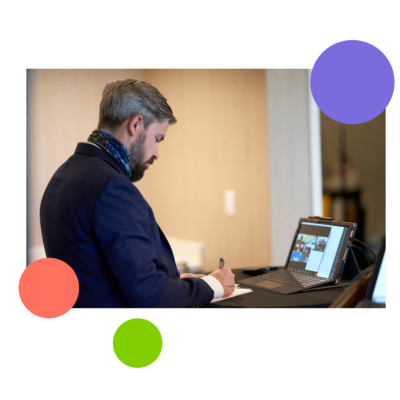
The Core Topics We Cover, Month by Month
Look What We Can Accomplish Together
Success Stories from Recent Participants
Frequently Asked Questions
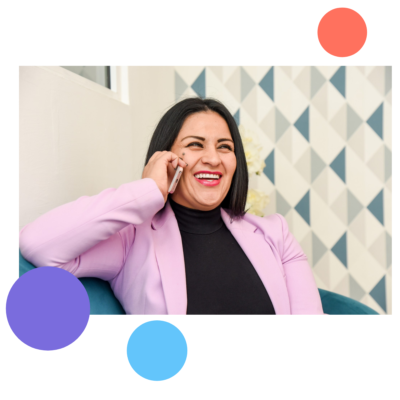
More Reviews from Mentoring Program Participants,
in Their Own Words
Are You Ready to Join the Mentoring Program?
Please read the full checklist below. Seriously. Read it.
If you can agree to all of these requirements, we welcome you to join the program!
Participation Requirements for All
Additional Requirements to Earn the Certificate
When you reserve your spot, you’ll have two payment options.
1. You can pay $3,000 in full now, which saves you $600.
or
2. You can pay six payments of $600 each month, starting now for a total of $3,600. You will be charged every 30 days until the payments are complete.
Please note, there are NO REFUNDS in either case. Only register if you are 100% committed to participating in the program.
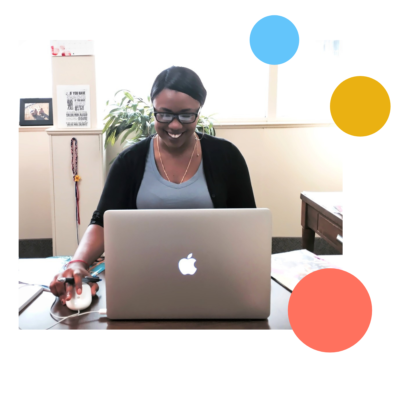
Deaf, Hard of Hearing, Blind or Low Vision?
Please contact kivi@nonprofitmarketingguide.com to discuss the accommodations that would be most helpful to you to allow for your full participation in the program, including your preferred technology solutions. We will do our best to work with you.


